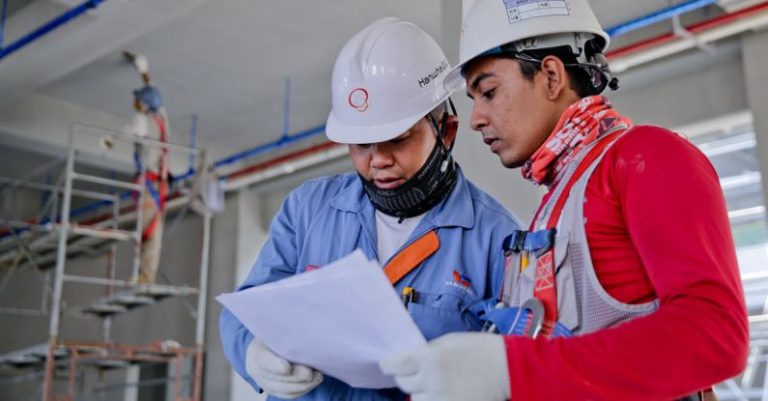Harnessing the Power of Composite Materials for Water Management
Water management is a critical issue that affects both urban and rural areas worldwide. The challenges related to water scarcity, pollution, and infrastructure maintenance require innovative solutions to ensure sustainable access to clean water for all. In recent years, the use of composite materials has emerged as a promising approach to address these challenges effectively. By harnessing the unique properties of composite materials, water management systems can be improved in terms of durability, efficiency, and sustainability.
### Composite Materials: A Game-Changer in Water Management
Composite materials are engineered materials made from two or more constituent materials with significantly different physical or chemical properties. These materials are combined to create a final product that exhibits enhanced characteristics compared to its individual components. In the context of water management, composite materials offer a wide range of advantages that make them ideal for various applications.
### Enhancing Durability and Longevity
One of the key benefits of using composite materials in water management systems is their exceptional durability and longevity. Traditional materials such as concrete, steel, and wood are prone to corrosion, degradation, and structural failures over time. In contrast, composite materials are highly resistant to corrosion, chemicals, and environmental factors, ensuring a longer service life with minimal maintenance requirements.
### Improving Efficiency and Performance
Composite materials can be tailored to meet specific performance requirements, making them versatile for a wide range of water management applications. By optimizing the composition, structure, and properties of composites, engineers can design systems that offer superior performance in terms of strength, flexibility, insulation, and corrosion resistance. This customization allows for the development of efficient water treatment plants, pipelines, tanks, and other infrastructure components that can operate effectively under varying conditions.
### Sustainability and Environmental Impact
The use of composite materials in water management aligns with the principles of sustainability and environmental stewardship. Composites are lightweight, which reduces the energy consumption associated with transportation and installation. Additionally, composite manufacturing processes can be optimized to minimize waste generation and resource consumption, making them an eco-friendly alternative to traditional materials. By choosing composite materials for water management projects, stakeholders can contribute to the conservation of natural resources and the reduction of carbon emissions.
### Applications in Water Treatment
Composite materials have found widespread applications in water treatment processes, where their unique properties offer significant advantages. Membrane filtration systems, for example, utilize composite membranes that exhibit high permeability, selectivity, and fouling resistance. These membranes enable efficient removal of contaminants, pathogens, and impurities from water, ensuring the production of high-quality drinking water. In addition, composite adsorbent materials are used for the removal of pollutants such as heavy metals, organic compounds, and microplastics from wastewater streams, contributing to the protection of water resources and ecosystems.
### Infrastructure Development and Rehabilitation
The use of composite materials in water management extends beyond treatment systems to include infrastructure development and rehabilitation projects. Composite pipes, tanks, and liners are increasingly being used in the construction and maintenance of water distribution networks, sewage systems, and stormwater facilities. These composite components offer advantages such as lightweight, corrosion resistance, and ease of installation, making them cost-effective solutions for enhancing the efficiency and reliability of water infrastructure.
### Empowering Innovation and Collaboration
The adoption of composite materials in water management opens up new opportunities for innovation and collaboration among stakeholders in the industry. Researchers, engineers, manufacturers, and policymakers can work together to develop advanced composite solutions that address the evolving needs of water management systems. By sharing knowledge, expertise, and resources, the industry can drive progress in sustainable water management practices and contribute to the achievement of global water security goals.
### Embracing the Future of Water Management
In conclusion, the utilization of composite materials represents a significant step towards enhancing the sustainability, efficiency, and resilience of water management systems worldwide. By harnessing the unique properties of composites, stakeholders can address the complex challenges of water scarcity, pollution, and infrastructure degradation effectively. As the demand for clean water continues to rise, the integration of composite materials into water management practices will play a crucial role in ensuring the availability of this vital resource for future generations.






